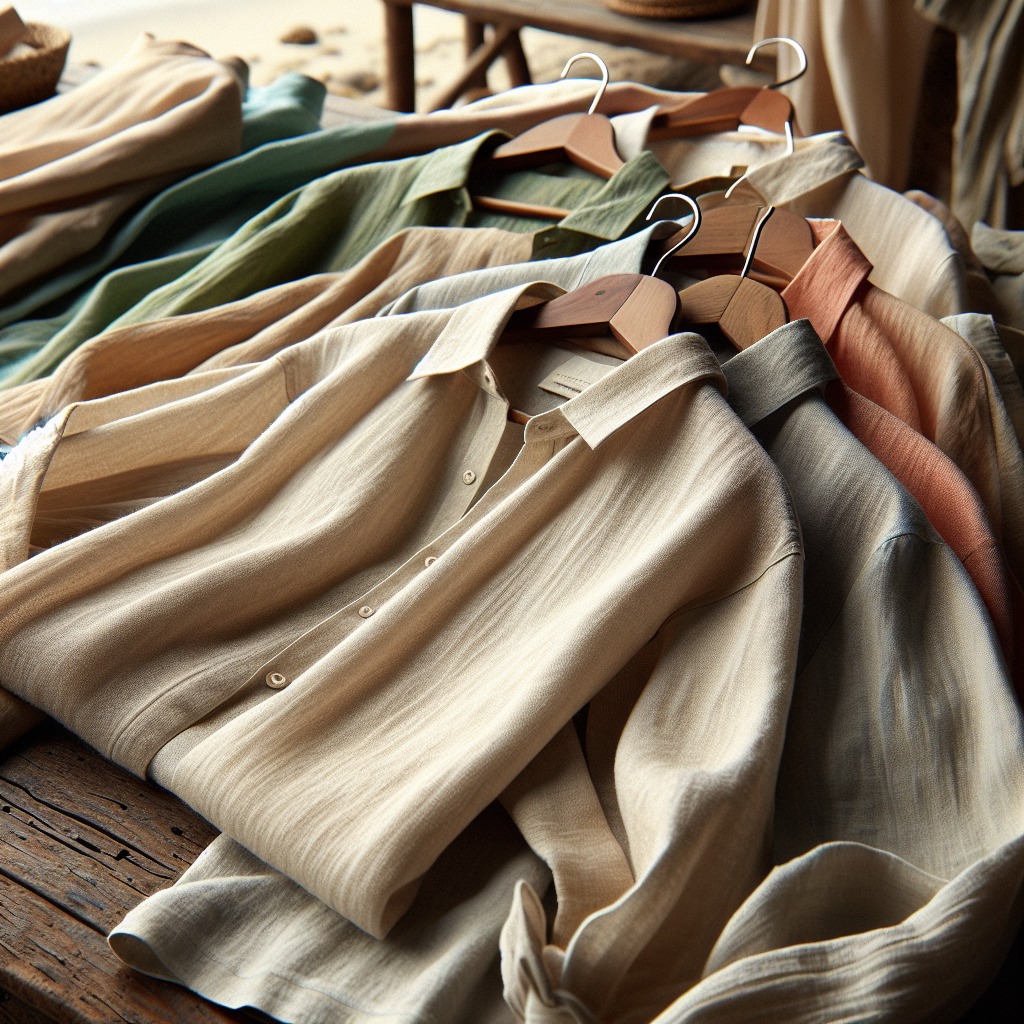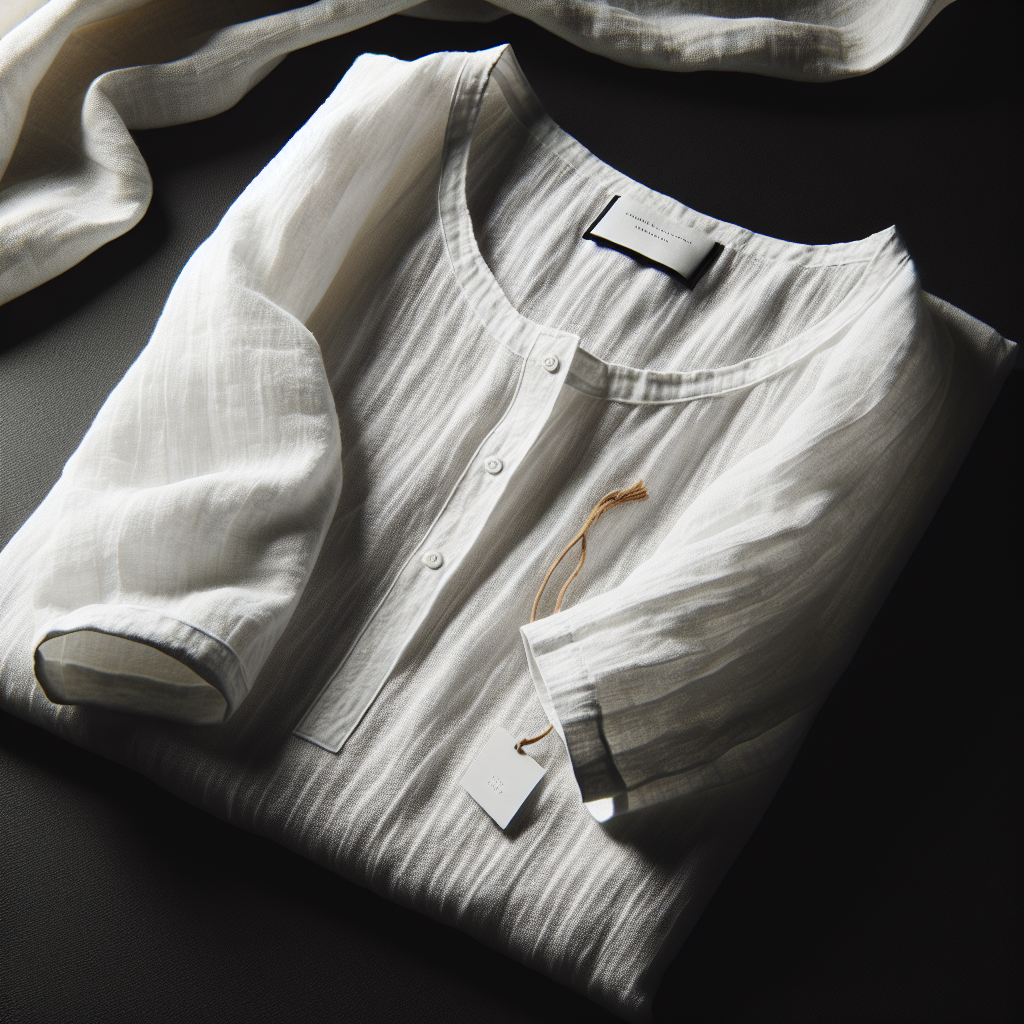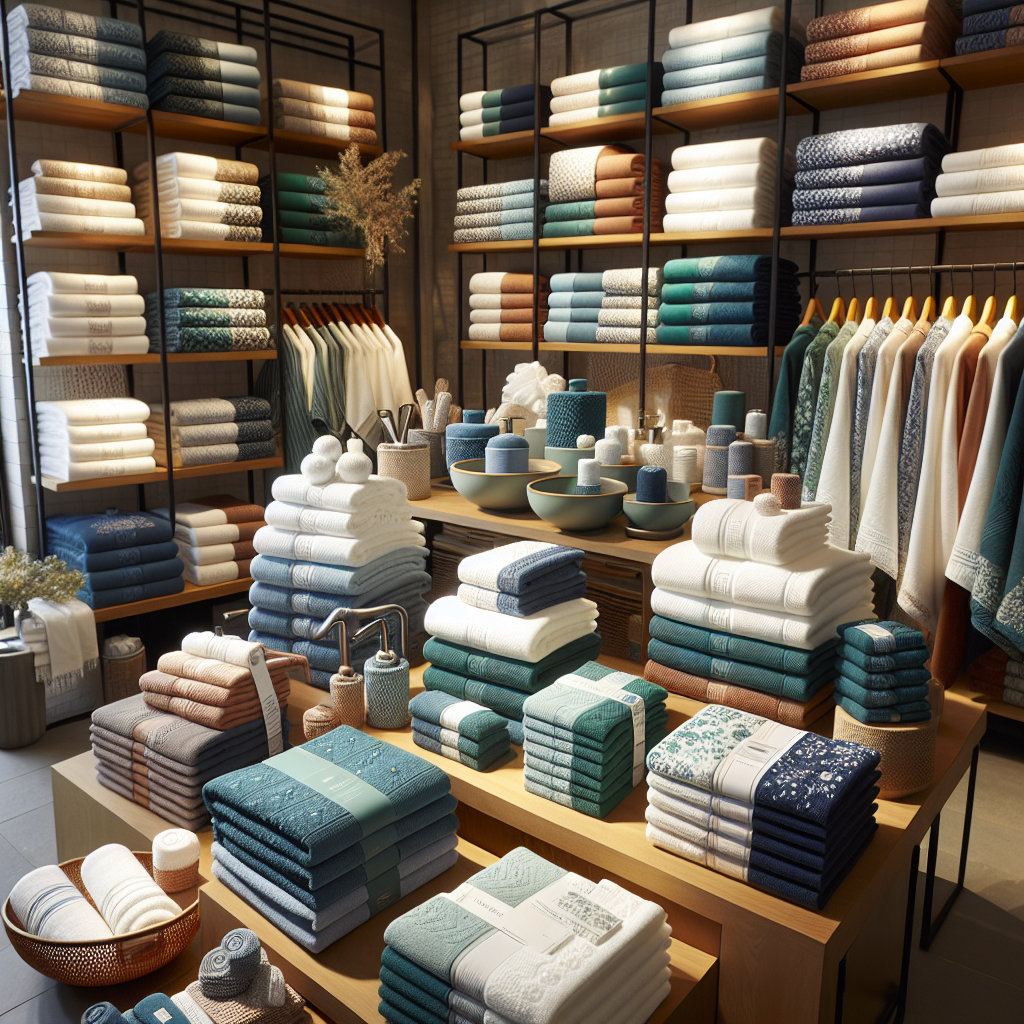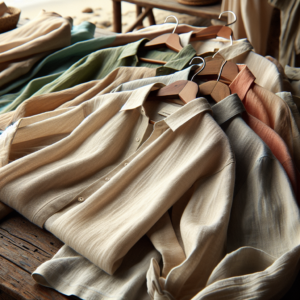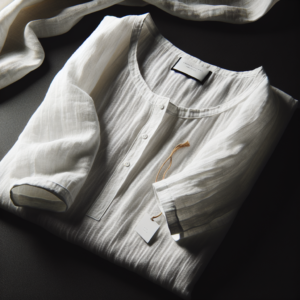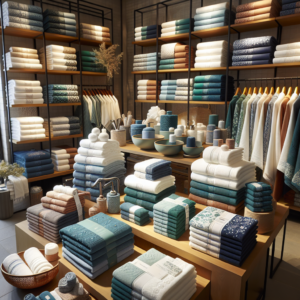The History of Egyptian Cotton: From Ancient Times to Modern Luxury
Egyptian cotton is known as the king of all cottons, renowned for its luxurious feel and high quality. It is a staple in the textile industry, used to create some of the most expensive and sought-after bedding, clothing, and linens. But have you ever wondered why real Egyptian cotton is so expensive? In this article, we will delve into the history of Egyptian cotton, from its ancient origins to its modern-day luxury status.
The history of Egyptian cotton can be traced back to ancient times, where it was first cultivated along the Nile River. The warm and humid climate of Egypt provided the perfect conditions for the cotton plant to thrive, resulting in a superior quality fiber. The ancient Egyptians were skilled in the art of weaving and used Egyptian cotton to create fine linens and fabrics for their pharaohs and nobility.
During the 19th century, Egypt became a major exporter of cotton, with its cotton industry booming. However, it wasn’t until the 1820s that the true potential of Egyptian cotton was discovered. A Frenchman by the name of Jumel, who was living in Egypt at the time, noticed that the cotton grown in the Nile Delta was of a much higher quality than any other cotton he had encountered. He sent samples of this cotton to France, where it was found to be superior in length, strength, and softness compared to other cotton varieties.
This discovery sparked a demand for Egyptian cotton in Europe, and it quickly became a symbol of luxury and wealth. The cotton was highly sought after for its superior quality and was used to create high-end clothing and linens for the elite. The demand for Egyptian cotton continued to grow, and by the mid-19th century, it had become the most valuable commodity in Egypt.
However, the production of Egyptian cotton faced many challenges throughout history. In the late 19th century, the American Civil War caused a shortage of cotton in Europe, leading to an increase in demand for Egyptian cotton. This resulted in a surge in production, but it also led to a decline in quality as farmers focused on quantity over quality.
In the early 20th century, the Egyptian government took control of the cotton industry, implementing strict regulations to maintain the quality of Egyptian cotton. They also introduced a grading system, with the highest grade being Giza 45, which is still considered the finest and most expensive Egyptian cotton today.
Despite these efforts, the production of Egyptian cotton faced another setback during World War II. The cotton fields were used to grow food crops, and the industry suffered a major decline. It wasn’t until the 1970s that the production of Egyptian cotton began to recover, with the government investing in modern farming techniques and technology.
Today, Egyptian cotton is still considered the finest and most luxurious cotton in the world. It is grown in a limited area along the Nile River, with strict regulations and quality control measures in place. The cotton fibers are longer, finer, and stronger than other cotton varieties, resulting in a softer and more durable fabric.
The production of Egyptian cotton is a labor-intensive process, with each step carefully monitored to ensure the highest quality. The cotton is hand-picked to avoid any damage to the fibers, and the seeds are removed by hand to prevent any contamination. The fibers are then spun into yarn using traditional techniques, resulting in a smooth and lustrous finish.
In conclusion, the history of Egyptian cotton is a long and fascinating one, with its journey from ancient times to modern luxury. Its superior quality and limited production make it a highly sought-after commodity, resulting in its high price tag. So the next time you see a product made from real Egyptian cotton, you’ll understand why it’s so expensive.
The Unique Qualities of Egyptian Cotton: What Sets It Apart from Other Cotton Varieties

Egyptian cotton is known for its luxurious feel, durability, and high price tag. But what makes it so special and why is it so expensive? In this article, we will delve into the unique qualities of Egyptian cotton and explore what sets it apart from other cotton varieties.
First and foremost, Egyptian cotton is grown in the Nile River Valley, which has a unique climate and soil composition that is ideal for cotton cultivation. The warm and dry climate, combined with the rich alluvial soil, creates the perfect conditions for the cotton plant to thrive. This results in longer, finer, and stronger fibers, which are the key to the high quality of Egyptian cotton.
The length of the fibers, also known as the staple length, is one of the most important factors in determining the quality of cotton. Egyptian cotton has an average staple length of 1.5 to 2 inches, while regular cotton has a staple length of only 1 inch. This may not seem like a significant difference, but it makes all the difference in the world when it comes to the strength and softness of the fabric.
The longer staple length of Egyptian cotton means that there are fewer fiber ends, resulting in a smoother and more even yarn. This, in turn, creates a stronger and more durable fabric that can withstand frequent washing and wear without losing its shape or softness. This is why Egyptian cotton is often referred to as the “king of cotton” and is favored by luxury brands and high-end designers.
Another unique quality of Egyptian cotton is its ability to absorb and retain dye. The long and dense fibers allow for a deeper penetration of color, resulting in vibrant and long-lasting hues. This is why Egyptian cotton is often used in the production of high-quality bed sheets, towels, and clothing that require rich and vibrant colors.
In addition to its superior quality, Egyptian cotton is also hand-picked, which is a labor-intensive process that adds to its high price tag. Unlike other cotton varieties that are harvested by machines, Egyptian cotton is carefully picked by skilled workers to ensure that only the best fibers are selected. This meticulous process not only guarantees the quality of the cotton but also supports the local economy by providing employment opportunities for thousands of people.
Furthermore, Egyptian cotton is also known for its unique softness and breathability. The longer fibers create a smoother and silkier fabric that feels incredibly soft against the skin. This, combined with its ability to absorb moisture, makes Egyptian cotton the perfect choice for bedding and clothing, especially in hot and humid climates.
It is worth noting that not all cotton labeled as “Egyptian cotton” is authentic. Due to its high demand and price, there have been cases of counterfeit Egyptian cotton being sold in the market. To ensure that you are getting the real deal, look for the “Egyptian Cotton” trademark on the product label, which guarantees that the cotton has been grown and processed in Egypt.
In conclusion, the unique qualities of Egyptian cotton, such as its longer staple length, ability to absorb dye, hand-picking process, and softness, are what make it stand out from other cotton varieties. These qualities not only result in a superior quality fabric but also justify its high price tag. So the next time you splurge on a set of luxurious Egyptian cotton sheets or a soft and breathable Egyptian cotton shirt, you can rest assured that you are getting your money’s worth.
The Economics of Egyptian Cotton: Understanding the Supply and Demand Factors That Drive Its High Price
Egyptian cotton is known for its luxurious feel, durability, and high quality. It is a highly sought-after material in the textile industry, with a reputation for being one of the best cottons in the world. However, with its high demand and limited supply, it comes as no surprise that real Egyptian cotton comes with a hefty price tag. In this article, we will delve into the economics of Egyptian cotton and understand the supply and demand factors that drive its high price.
To begin with, let’s understand what makes Egyptian cotton so special. The cotton is grown in the Nile River Valley, where the rich soil and ideal climate create the perfect conditions for the cotton to thrive. The extra-long staple fibers of Egyptian cotton make it stronger and more durable than other types of cotton, resulting in a softer and smoother fabric. This unique combination of factors makes Egyptian cotton highly desirable and sets it apart from other types of cotton.
One of the main reasons for the high price of Egyptian cotton is its limited supply. The cotton is grown in a specific region, and only a small percentage of the total cotton produced in Egypt is classified as “Egyptian cotton.” This is because the cotton must meet strict standards set by the Egyptian government to be considered authentic. The process of growing and harvesting Egyptian cotton is also labor-intensive, with farmers hand-picking the cotton to ensure the quality of the fibers. This limited supply, coupled with the high demand for the cotton, drives up its price.
Another factor that contributes to the high price of Egyptian cotton is its reputation. The cotton has been associated with luxury and quality for centuries, and this reputation has only grown stronger over time. Many high-end fashion brands use Egyptian cotton in their products, further cementing its status as a premium material. This reputation adds to the perceived value of Egyptian cotton, making consumers willing to pay a premium price for it.
The demand for Egyptian cotton is also driven by its versatility. The cotton is used in a wide range of products, from clothing and bedding to towels and bathrobes. Its softness, durability, and breathability make it a popular choice for these items. Additionally, the cotton is also used in the production of high-end fabrics, such as sateen and percale, which are known for their luxurious feel and high thread count. This versatility in its use further increases the demand for Egyptian cotton, leading to a higher price.
The global market for Egyptian cotton is also a significant factor in its high price. The majority of Egyptian cotton is exported to other countries, with the United States being the largest importer. The fluctuation of currency exchange rates, trade policies, and political stability in these countries can impact the price of Egyptian cotton. For example, if the US dollar weakens against the Egyptian pound, it becomes more expensive for US companies to import Egyptian cotton, resulting in a higher price for consumers.
In recent years, there has been an increase in the production of “fake” Egyptian cotton. These are cotton products that are labeled as Egyptian cotton but do not meet the strict standards set by the Egyptian government. This has led to a decrease in the supply of real Egyptian cotton, further driving up its price. To combat this issue, the Egyptian government has implemented stricter regulations and is working towards protecting the authenticity of Egyptian cotton.
In conclusion, the high price of real Egyptian cotton can be attributed to its limited supply, reputation, versatility, global market, and the issue of fake products. As long as the demand for this luxurious material remains high, its price is likely to stay on the expensive side. However, for those who value quality and are willing to pay for it, real Egyptian cotton is worth the investment.

